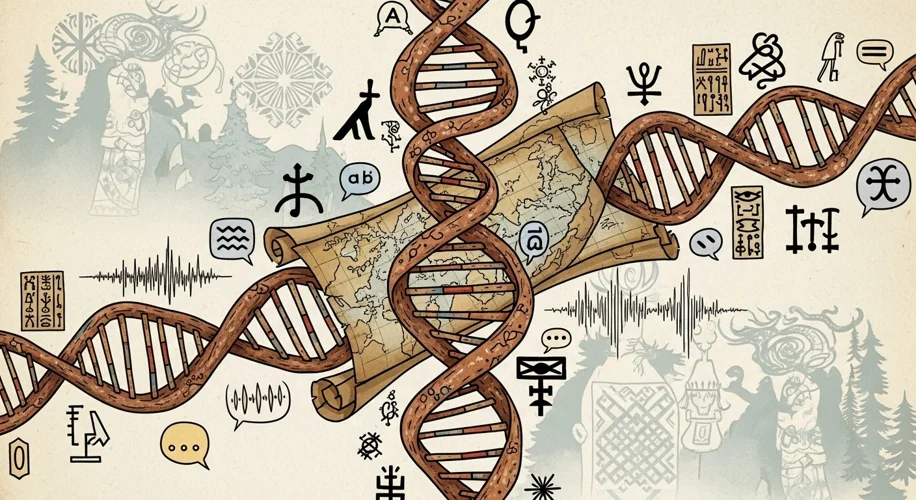As a historian, I’m always fascinated by how new tools can shed light on the past. Recently, I came across a captivating piece from the Harvard Gazette that brought together my love for history and my appreciation for scientific advancement. It’s about how ancient DNA is helping us understand the origins of the Hungarian and Finnish languages.
For a long time, scholars have known that Hungarian and Finnish belong to the Uralic language family. This means they share a common ancestor language, much like how English, Spanish, and French all stem from Latin. However, pinpointing where and when this ancient language split and its speakers migrated has been a significant puzzle.
The challenge lies in the fact that languages evolve, and the physical traces of early speakers – like settlements and artifacts – don’t always leave clear linguistic markers. Written records from these regions are relatively recent, making it difficult to trace linguistic lineage back thousands of years.
This is where ancient DNA analysis comes in, and it’s truly remarkable. By studying the genetic material of people who lived thousands of years ago in the regions where these languages likely originated and spread, researchers are piecing together migration patterns and population movements. This genetic information acts as a powerful proxy for understanding the movements and interactions of people who spoke these ancestral languages.
What’s particularly interesting is how this research is challenging some older assumptions. For example, the genetic evidence suggests that while the Hungarian language arrived in the Carpathian Basin relatively late with the Magyar conquest around the 9th century CE, the genetic makeup of the population in that region shows a more complex, earlier history. This indicates that the language was likely brought by a smaller group that integrated into an existing population, rather than a massive migration entirely replacing the original inhabitants.
Similarly, for Finnish, the DNA studies are helping to map the ancestral connections of the Finnic peoples. It paints a picture of their journey and interactions across Northern Europe. These genetic studies can show us which populations intermingled and where new groups settled, providing a tangible connection to the people who shaped these languages.
It’s like finding an ancient map that not only shows where people went but also hints at the languages they spoke as they moved. The fact that we can now use the very building blocks of life – DNA – to trace the journeys of our linguistic ancestors is nothing short of extraordinary. It adds a new, scientific layer to the historical detective work, confirming some theories and prompting new questions.
This kind of research doesn’t just satisfy academic curiosity; it deepens our understanding of human history, migration, and cultural exchange. It reminds us that languages aren’t static entities but living things, carried across continents and through millennia by people. It’s a testament to how far we’ve come in our ability to investigate the deep past, blending traditional historical methods with cutting-edge science. I can’t wait to see what other mysteries ancient DNA will help us solve!

